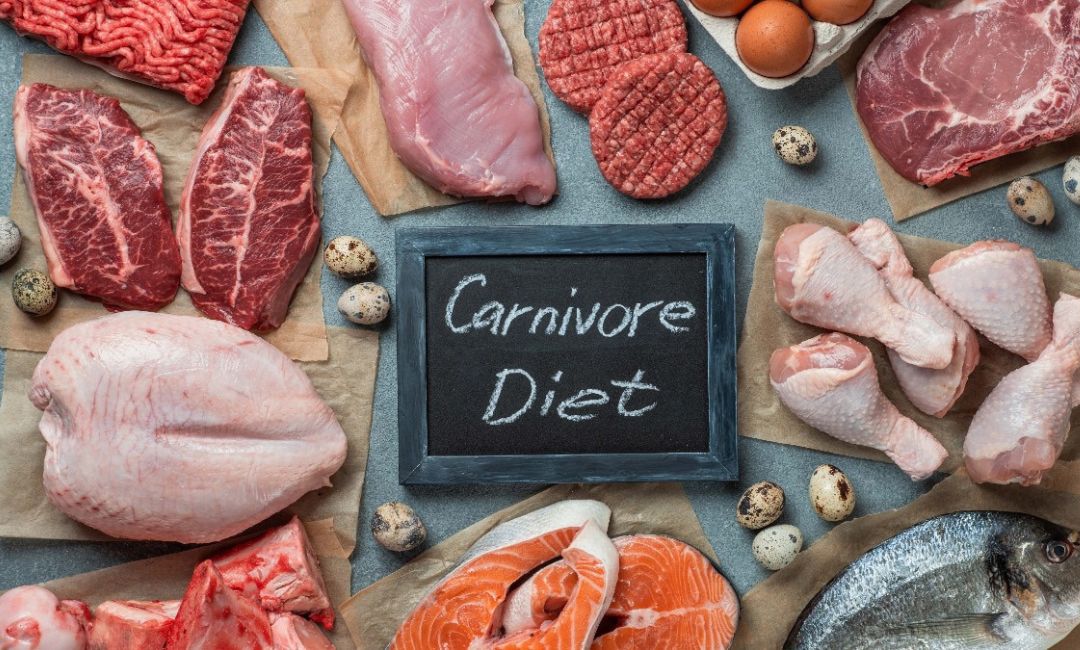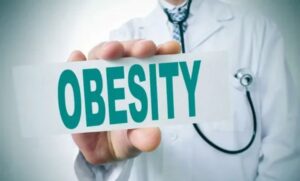A lot of people include meat in their meals because it’s tasty, full of protein, and comes in so many forms. But have you always asked yourself how farmers’ produce makes its way to your home? You’ll find information here on types of meat, meat products, how they are prepared, along with their advantages, risks, and proper storage methods. We’re going to look closer at how meat is made and what you need to know about it! For more detailed insights and resources on nutrition and healthy living, visit our comprehensive health and wellness resource online.
Types of Meat
The main meat categories consist of three subclasses.
1. Red Meat
Red meat includes such edibles as beef, lamb, pork, and goat. It’s rich in iron and zinc. People regularly utilize red meat to prepare burgers as well as steaks and sausages, and roasts.
2. White Meat
The majority of culled animals used for meat production consist of domestic birds such as chicken and turkey. White meat contains less fat than red meat; thus, medical professionals designate it a healthier alternative to red meat.
3. Seafood
Fish and shellfish like salmon, tuna, shrimp, and crab. Omega-3 fatty acids present in seafood provide heart health benefits to people.
Meat Processing: From Industries to Home
Meat processing consists of multiple sequential steps that lead animal meat to consumer dinner plates.
1. Farming
Animals are raised on farms. Out of these two methods, the animals either get full open-field access or live in monitored areas. Caring for animals properly results in improved quality of harvested meat products.
2. Slaughtering
Animals are sent to slaughterhouses for compassionate human euthanasia that meets food regulations. Cleanliness is very important here.
3. Cutting and Butchering
Butchers divide this animal’s meat into three specific portions, such as ribs, steak, and roasts. Health authorities execute careful inspections and cleaning procedures of the product.
4. Processing
Processing different types of meat leads to the production of products such as sausages along with bacon, and ham, along with many dishes. The processing step involves either the application of spices or curing methods, or smoke treatment.
5. Packaging
Meat is packed and labeled. Information on packaging consists of expiration dates together with meat types, followed by weight measurements, and optionally includes cooking advice.
6. Transportation
Refrigerator trucks are used to transport the meat. The preservation occurs due to the low temperature.
7. Storage and Sale
The store maintains a cold and frozen temperature environment to store fresh and frozen meat and meat products. Consumer decisions at the store depend on product pricing, together with the meat cut selection, and the recipes they need.
Meat Products You Should Know
Meat products are foods made from raw or cooked meat. Here are some common ones:
| Product | Description |
| Sausages | Ground meat with spices in a casing |
| Bacon | Cured pork belly, often fried or baked |
| Ham | Cooked or cured pork leg |
| Jerky | Dried and seasoned meat strips |
| Cold cuts | Pre-cooked sliced meats for sandwiches |
| Meatballs | Minced meat rolled with spices and herbs |
| Nuggets | Breaded and fried meat pieces |
Health Considerations
Pros:
- High in protein
- Meat contains iron, zinc, vitamin B12, niacin, vitamin B6, phosphorus, selenium, and riboflavin, which are necessary for a healthy body and mind and overall health.
- It aids in strengthening muscles, together with building strength.
Cons:
- Intake of red meat and processed meat products beyond a certain limit will increase the possibility of heart disease and cancer development.
- Meats containing excessive fat and sodium levels exist on the market today.
- The process of poor meat preparation enables bacteria such as Salmonella or E. coli to develop.
Safe Meat Handling Tips
Safety precautions for meat consumption are as follows:
- Handwashing must occur before handling raw meat and again after you finish with it.
- Food requires complete cooking according to the measurements on a meat thermometer.
- Raw meat must stay apart from all other food items to prevent cross-contamination.
- The storage time should be in refrigeration immediately following either purchase or preparation.
- The food requires storage in the freezer, where it will remain unutilized for 2–3 days.
Nutritional Values: A Comparison
| Meat Type | Calories | Protein | Total Fat | Iron (mg) | Vitamin B12 (mcg) |
| Beef (lean steak) | 250 kcal | 26g | 17g | 2.6 mg | 2.5 mcg |
| Pork (chop) | 230 kcal | 25g | 13g | 1.2 mg | 0.7 mcg |
| Chicken (breast) | 165 kcal | 31g | 3.6g | 1.0 mg | 0.3 mcg |
| Lamb (leg roast) | 294 kcal | 25g | 21g | 1.9 mg | 2.3 mcg |
| Salmon (grilled) | 206 kcal | 22g | 13g | 0.5 mg | 2.6 mcg |
Protein
People eat meat mainly because protein remains a fundamental dietary reason for consuming this source of food. Your body uses protein to build and repair tissues, create enzymes, and produce hormones. Protein also helps maintain strong bones and muscles, supports the immune system.
Your body requires a daily protein intake to achieve both feeling full and gaining energy. The protein found in meat comprises every essential amino acid necessary for human health.
Iron in Meat: Heme vs. Non-Heme
The human body needs iron to avoid the medical condition known as anemia, which results from low blood levels. Temporary bodies absorb heme iron from meat better than non-heme iron found in plant foods.
| Feature | Heme Iron | Non-Heme Iron |
| Source | Animal-based foods | Plant-based foods |
| Examples | Red meat, poultry, and fish | Spinach, beans, lentils, tofu, cereals |
| Absorption Rate | Higher (15–35%) | Lower (2–20%) |
| Affected by Diet? | Less affected by other foods | Strongly affected by enhancers/inhibitors |
| Enhancers | Not needed as much | Vitamin C, acidic foods help absorption |
| Inhibitors | Few
(Calcium and medicines like Antacids, Proton pump inhibitors (PPIs), H2 blockers, Tetracycline antibiotics, Cholestyramine) |
Calcium, tea, coffee, and some fibers |
| Bioavailability | High | Lower |
| Recommended For | Everyone, especially people with anemia | Vegetarians and vegans should focus here |
The term absorption rate with meat refers to how much the body can use important minerals such as iron, zinc, and vitamin B12 from the meat.
B Vitamins for Brain and Energy
B vitamins are abundant in red meat and fish, and also in various other meats as follows:
- Mammals require vitamin B12 to sustain nerve function as well as to create red blood cells.
- Found only in animal products.
- The combination of niacin (B3) and B6 enables your body to convert food energy into useful brain activities.
Not getting enough of these vitamins leads to feelings of tiredness alongside mood disturbances and eventual memory troubles.
Healthy Fats in Fish and Lean Meats
Salmon as well as tuna contain high levels of omega-3 fatty acids. These fats improve heart health, reduce inflammation, and support brain development. The consumption of lean beef or chicken breast provides protein sources with low saturated fat content to avoid raising bad cholesterol when eaten excessively.
Disadvantages of Processed Meats
High concentrations of saturated fat, together with sodium and nitrates or nitrites, exist in processed meat products such as sausages, bacon, and hot dogs. Multiple health problems, including high blood pressure and heart disease, and colon cancer, appear when people eat excessive processed meat products. People can have these foods occasionally, yet they should limit their daily consumption to minimize intake.
Vegetarian and Vegan Alternatives
People from various backgrounds are decreasing meat consumption due to health interests as well as ethical and environmental concerns. Popular alternatives include:
- Tofu and tempeh (soy-based)
- Seitan (wheat protein)
- Plant-based meats like Beyond Meat or Impossible Burger
These substitutes replicate meat texture very well, while their popularity continues to increase.
RDA (Recommended Dietary Allowance)
Health experts suggest that red meat should not be consumed more than 2–3 times a week (about 350–500g cooked). Processed meat should be very limited, occasional treats, not daily, while lean poultry or fish is ok several times a week.
Conclusion
As a nutritious food item, meat delivers essential protein together with beneficial nutrients to the human body. Every sort of meat carries a purpose that fits perfectly within our daily meals, including red meat as well as seafood. People should consume meals moderately as well as observe proper meat handling procedures. The increase in population understanding of health matters, together with environmental concerns, motivates people to choose more plant-based alternatives. To make informed dietary choices and monitor your health, explore the variety of calculators on our website, including the BMI Calculator, Ideal Body Weight Calculator, and Water Intake Calculator.
Your knowledge about meat and meat products allows you to select healthier food options, whether you enjoy eating meat or not. Future consumption of burgers or bacon will become clearer since you will follow their journey beginning on farms and ending at your dinner table. For a deeper exploration of fish as a nutrient-packed choice for everyday meals, you can visit Nutrient-Packed Choice for Everyday.






